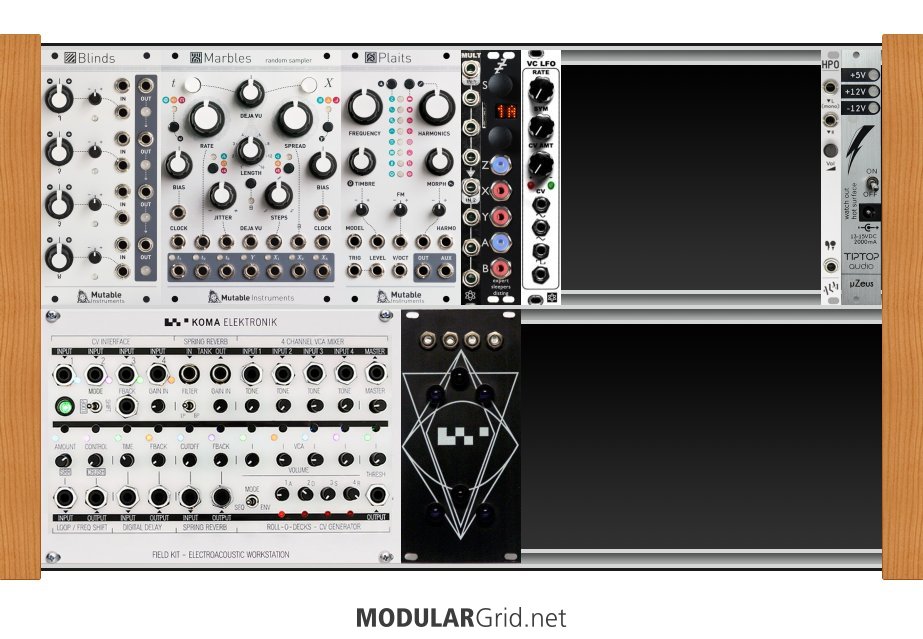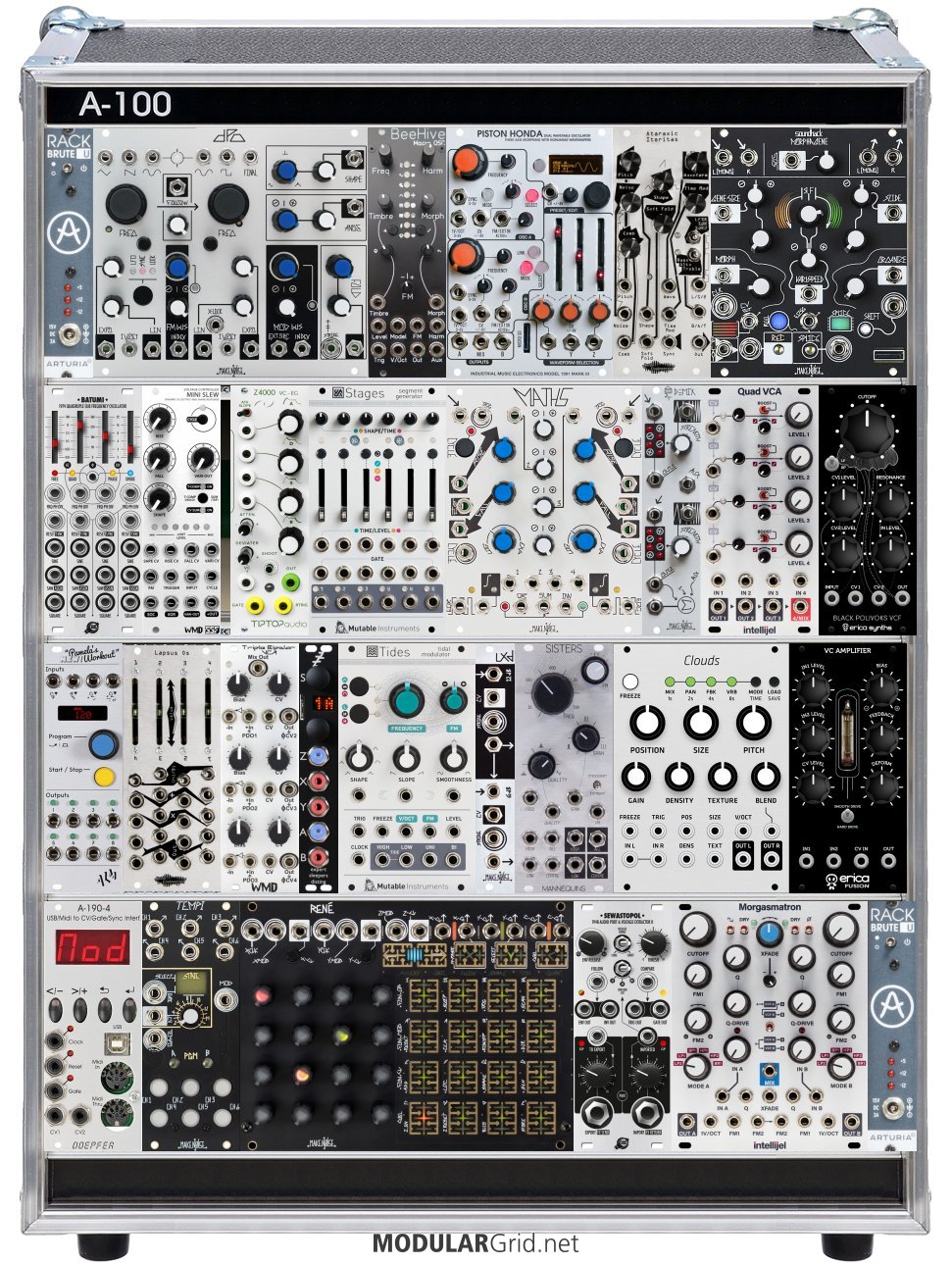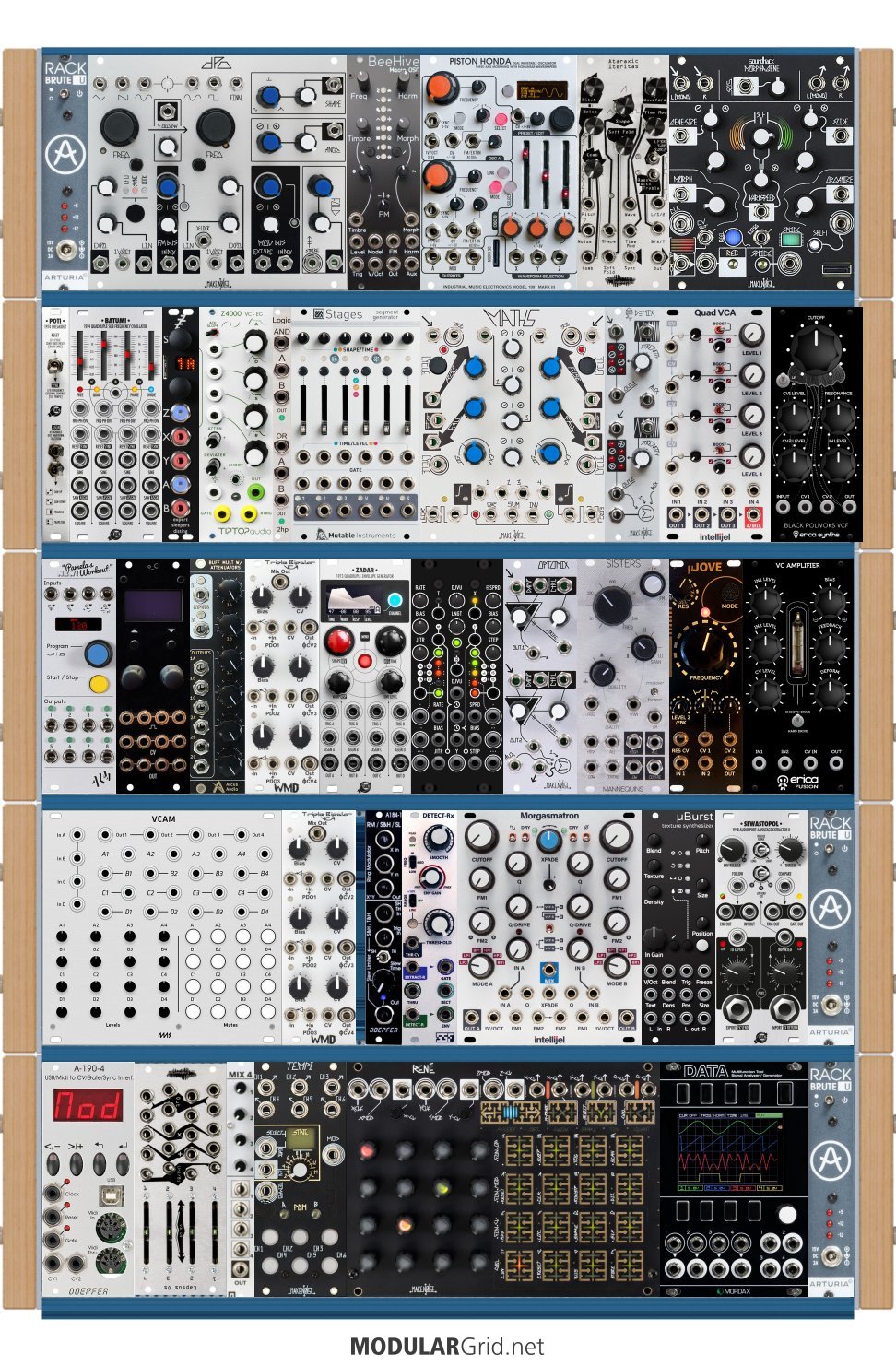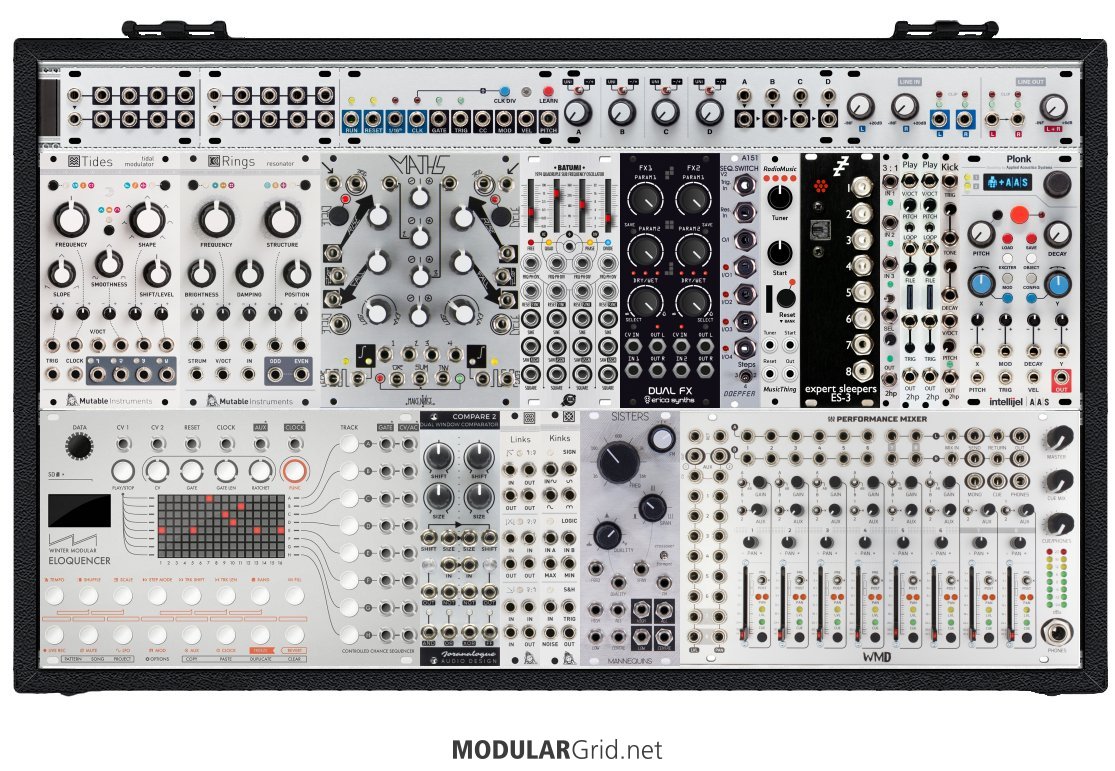First up, the sequencer. If you're trying to do heavily-sequenced pattern-based stuff (Berlin school-ish), that little 8-stepper won't cut it. You need something that you can directly work with while it's in action, like how Chris Franke would literally play his banks of Moog 960s. I'd suggest something that internally quantizes, also. My inclination would be toward The Harvestman's Stillson Hammer mk II, but with that 8-step and some other trigger sequencing to increase the possible complexity by crosspatching them with the SHmkII. This wouldn't bring the MS20 into the mix, though.
Another possibility would be to go outboard, which is what I do with a pair of Arturia Beatstep Pros and a Keystep at present. This would then open your system up to some external control. The most extreme thing of this sort that comes to mind immediately would be the Koma Komplex. It's worth noting that the BSPs as well as the Komplex can be programmed to deal with the Korg's Hz/V scaling and inverse triggering...the BSPs require this be done in their PC software utility, while the Koma can be changed directly. Plus, if you use a Keystep or any other USB controller, Expert Sleepers' FH-2 can function in MIDI Host mode over USB, so those can be plugged directly into the modular there.
As for the Juno...that's more problematic. I assume you know that this requires either one of Roland's DCB-MIDI adapters or the JSQ-60 sequencer to link it in for pitches. However, you can send a clock pulse to the external trigger input to sync the arpeggiator, which would be a much simpler fix than hunting down esoteric Roland accessories and allow you to 'play' the arpeggiator as another sequencer channel.
As far as clocking goes, any modular trigger pulse will work on everything BUT the MS20. In that case, you need something like The Harvestman's English Tear, which is a bidirectional converter for Euro MS-20 signals. With that, though, you can then run the MS-20 alongside anything in the modular and it'll respond properly to Eurorack CV/gate/trig signals.

